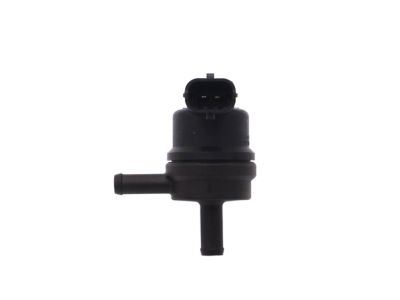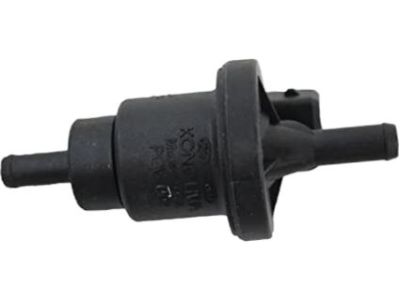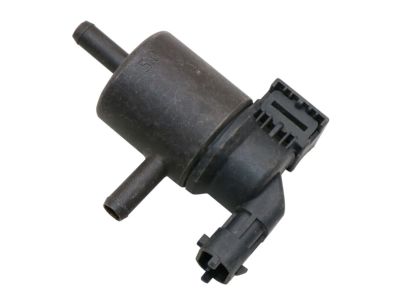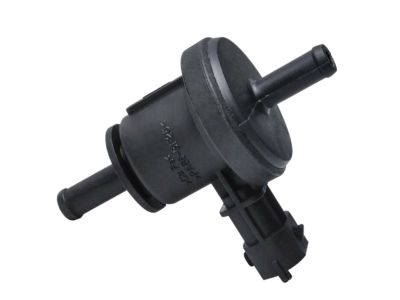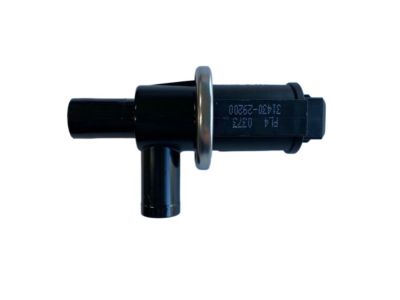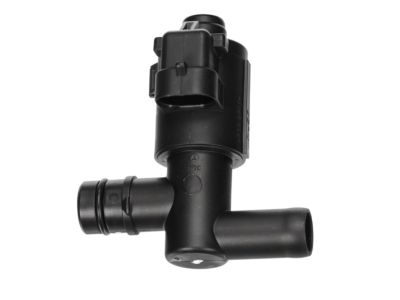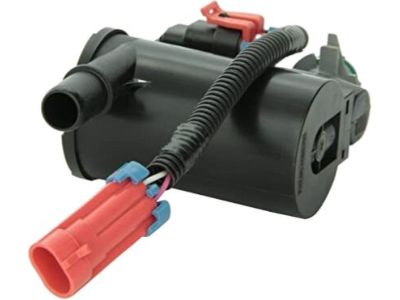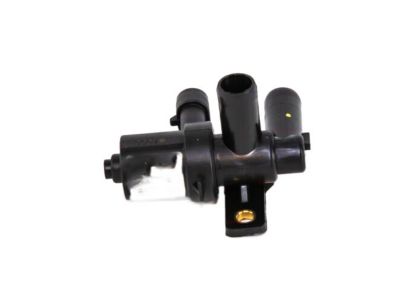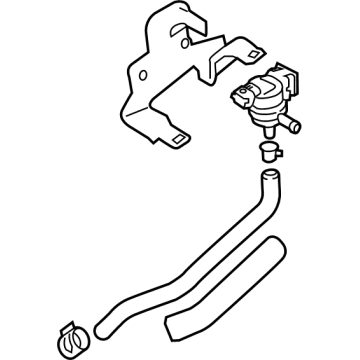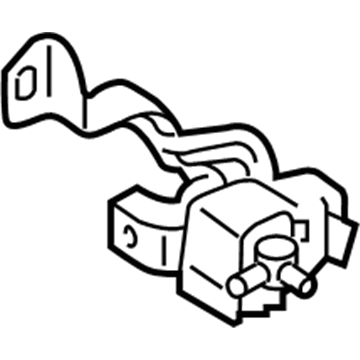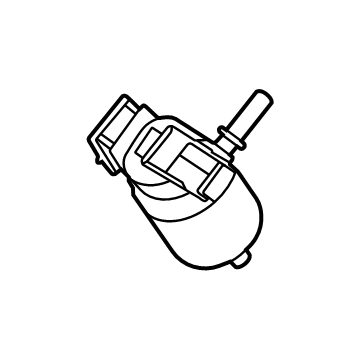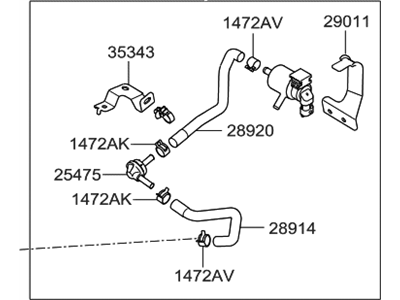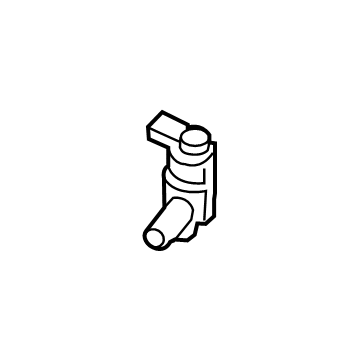×
- Live Chat
- 1-888-788-8214


My Garage
My Account
Cart
Genuine Hyundai Elantra Canister Purge Valve
Vapor Canister Purge Valve EVAP- Select Vehicle by Model
- Select Vehicle by VIN
Select Vehicle by Model
orMake
Model
Year
Select Vehicle by VIN
For the most accurate results, select vehicle by your VIN (Vehicle Identification Number).
21 Canister Purge Valves found
Hyundai Elantra Canister Purge Valve
Part Number: 28910-2E000$26.70 MSRP: $37.19You Save: $10.49 (29%)Ships in 1-2 Business DaysHyundai Elantra Purge Control Valve
Part Number: 28910-22040$60.80 MSRP: $85.42You Save: $24.62 (29%)Ships in 1-3 Business DaysHyundai Elantra Purge Control Valve
Part Number: 28910-3L000$31.76 MSRP: $44.24You Save: $12.48 (29%)Ships in 1-3 Business DaysHyundai Elantra Purge Control Valve
Part Number: 28910-26900$60.80 MSRP: $85.42You Save: $24.62 (29%)Ships in 1-3 Business DaysHyundai Elantra Canister Close Valve
Part Number: 31430-29200$105.79 MSRP: $148.63You Save: $42.84 (29%)Ships in 1-2 Business DaysHyundai Elantra Canister Close Valve
Part Number: 31430-1Y000$102.17 MSRP: $143.55You Save: $41.38 (29%)Ships in 1-3 Business DaysHyundai Elantra Canister Close Valve
Part Number: 31453-3Q500$94.33 MSRP: $132.53You Save: $38.20 (29%)Ships in 1-2 Business DaysHyundai Elantra Purge Control Valve
Part Number: 29010-03AA0$24.16 MSRP: $31.23You Save: $7.07 (23%)Ships in 1-2 Business DaysHyundai Elantra Canister Close Valve
Part Number: 31430-2H000$105.42 MSRP: $148.11You Save: $42.69 (29%)Ships in 1-3 Business DaysHyundai Elantra Purge Control Valve Assembly
Part Number: 29015-03HA0$94.16 MSRP: $143.89You Save: $49.73 (35%)Ships in 1-3 Business DaysHyundai Elantra Purge Control Solenoid Valve
Part Number: 39460-32700$59.17 MSRP: $80.19You Save: $21.02 (27%)Ships in 1-3 Business DaysHyundai Elantra Purge Control Solenoid Valve
Part Number: 39460-03AA0$77.04 MSRP: $108.24You Save: $31.20 (29%)Ships in 1-3 Business DaysHyundai Elantra Purge Control Solenoid Valve
Part Number: 39460-32680$57.58 MSRP: $80.19You Save: $22.61 (29%)Ships in 1-3 Business DaysHyundai Elantra Purge Control Solenoid Valve
Part Number: 39460-33470$85.35 MSRP: $117.16You Save: $31.81 (28%)Ships in 1-3 Business DaysHyundai Elantra Canister Close Valve
Part Number: 31430-2H500$107.90 MSRP: $148.11You Save: $40.21 (28%)Ships in 1-3 Business DaysHyundai Elantra Canister Close Valve
Part Number: 31430-29100$108.28 MSRP: $148.63You Save: $40.35 (28%)Ships in 1-3 Business DaysHyundai Elantra Exhaust Gas Recirculation Solenoid Valve
Part Number: 39461-32630$28.72 MSRP: $40.00You Save: $11.28 (29%)Ships in 1-3 Business DaysHyundai Elantra Valve-PURGE Control
Part Number: 28910-2J301$28.29 MSRP: $39.40You Save: $11.11 (29%)Ships in 1-3 Business DaysHyundai Elantra Purge Control Valve Assembly
Part Number: 29015-03AA0$148.07 MSRP: $226.28You Save: $78.21 (35%)Ships in 1-3 Business DaysHyundai Elantra Valve-Canister Close
Part Number: 31453-AA000$60.18 MSRP: $84.55You Save: $24.37 (29%)Ships in 1-3 Business Days
| Page 1 of 2 |Next >
1-20 of 21 Results
Hyundai Elantra Canister Purge Valve
If you are looking for affordable high-quality OEM Hyundai Elantra Canister Purge Valve, then you have come to the prime place. Our website provides a large amount of genuine Hyundai Elantra Canister Purge Valve at unbeatable prices. All our parts come backed with the manufacturer's warranty.
Hyundai Elantra Canister Purge Valve Parts Questions & Experts Answers
- Q: How Should You Check the Canister Purge Valve and Vapor Canister of the EVAP System on Hyundai Elantra?A: EVAP means the process of capturing fuel vapours from, for example, the fuel tank and releasing them later into the intake system during the working cycle and their mixture with the air/fuel. They include Fuel Tank, FTP sensor, Canister filled with activated charcoal, Canister purge solenoid valve, Canister Close Valve known as CCV, and vapor and purge line. Expelled gases rise through a one-way or check valve in the fuel tank through its gas vapor accumulation canister, where the engine is warmed up, the PCM acts to open the canister purge solenoid valve to drain the gases in the accumulator into the intake manifold chamber to be burned up. Thus, the PCM controls the flow rate of the vapor through the manipulation of the solenoid current duty cycle, depending on the status of the engine temperature. The FTP sensor measures the pressure differential between the ambient environment and fuel tank with the assistance of the PCM; if high pressure is indicated, the CCV is opened. To check the function of the EVAP system, hose should be checked for break or separation and the wiring associated with it should be properly connected. Brackets and screws differ according to the model year of Honda Civic and the position of the canister is another factor to be reckoned with while checking for cracks or leaks. This part is in charge of ensuring that debris cannot penetrate into the canister hence it should be checked to ensure that it is not dame or clogged. The CCV which is situated towards the upper end of the canister can be verified for its functionality with regard to electrical connection. The valve placed more or less halfway along the hose between the canister and the CCV should have a one way air flow. Depending on the model and specifications of the particular make and model of the vehicle being worked on, there are several operations that need to be performed, including tests on the canister purge solenoid valve that regulates the flow of the vapor to the intake manifold, tests on its vacuum retaining capacity, and a check on the electrical functionality of the valve as well. Some of them are described below: One of the sensors fitted close to the fuel tank is named the FTP sensor and some tests should be performed to get the correct readings mainly for the models prior to 2006.
Related Hyundai Elantra Parts
Browse by Year
2023 Canister Purge Valve 2022 Canister Purge Valve 2021 Canister Purge Valve 2020 Canister Purge Valve 2019 Canister Purge Valve 2018 Canister Purge Valve 2017 Canister Purge Valve 2016 Canister Purge Valve 2015 Canister Purge Valve 2014 Canister Purge Valve 2013 Canister Purge Valve 2012 Canister Purge Valve 2011 Canister Purge Valve 2010 Canister Purge Valve 2009 Canister Purge Valve 2008 Canister Purge Valve 2007 Canister Purge Valve 2006 Canister Purge Valve 2005 Canister Purge Valve 2004 Canister Purge Valve 2003 Canister Purge Valve 2002 Canister Purge Valve 2001 Canister Purge Valve 2000 Canister Purge Valve 1999 Canister Purge Valve 1998 Canister Purge Valve 1997 Canister Purge Valve 1996 Canister Purge Valve 1995 Canister Purge Valve 1994 Canister Purge Valve 1993 Canister Purge Valve 1992 Canister Purge Valve 1991 Canister Purge Valve
